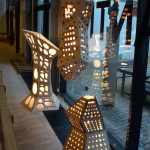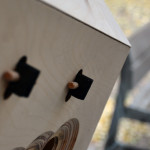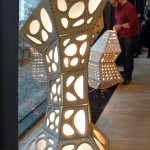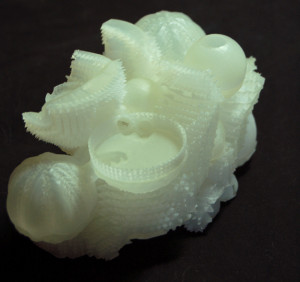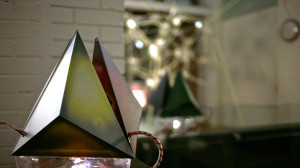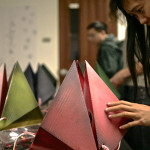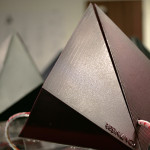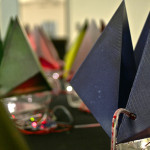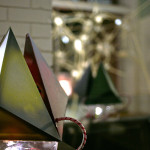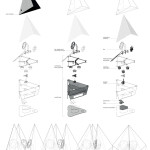In a recent conversation with a colleague, we broached the subject of the future potentials for digital fabrication. Certainly a topic de rigueur, but both of us were of the opinion that as a venue for architectural innovation, it is, if not dead, then we might begin to sound its death knell.
What we observed is that, over the last decade or so, the use (abuse) of digital fabrication technologies in architecture, or more specifically, architectural education has ossified into a seemingly closed set of formal and material expressions that betray the promise of both the tools that exist, and the radical experimentation with digital technologies that preceded it. It’s made worse by online tutorials that, while necessary, often encourage laziness in students. We are all too familiar with the grid of laser-cut flat materials representing a complex surface, or contoured models. Worse, while I was at ETH, I saw perhaps the best equipped digital fabrication facility in a school deployed to churn out the endlessly repeated elements of that school’s renewed fascination with Rossi and that branch of post-modernism. I might be controversial, but a somewhat analogous practice is Marc Fornes/The Very Many, where we see the same practice of repetition over a geometric element. In Fornes’ work, certainly a rigorous practice too be sure, we see highly expressive pieces, but in each case, it amounts to the repetition of a singular geometry. Visual complexity is achieved with a single algorithm, as a substitute for programmatic complexity.
Continue reading New Ways to Use a Pencil
